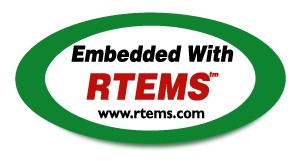


 RTEMS Hitachi SH Applications Supplement
RTEMS Hitachi SH Applications Supplement



 RTEMS Hitachi SH Applications Supplement
RTEMS Hitachi SH Applications Supplement
Each high-level language compiler generates subroutine entry and exit code based upon a set of rules known as the compiler's calling convention. These rules address the following issues:
A compiler's calling convention is of importance when interfacing to subroutines written in another language either assembly or high-level. Even when the high-level language and target processor are the same, different compilers may use different calling conventions. As a result, calling conventions are both processor and compiler dependent.
The Hitachi SH architecture supports a simple yet effective call and return mechanism. A subroutine is invoked via the branch to subroutine (XXX) or the jump to subroutine (XXX) instructions. These instructions push the return address on the current stack. The return from subroutine (rts) instruction pops the return address off the current stack and transfers control to that instruction. It is is important to note that the MC68xxx call and return mechanism does not automatically save or restore any registers. It is the responsibility of the high-level language compiler to define the register preservation and usage convention.



 RTEMS Hitachi SH Applications Supplement
RTEMS Hitachi SH Applications Supplement
Copyright © 1988-2004 OAR Corporation